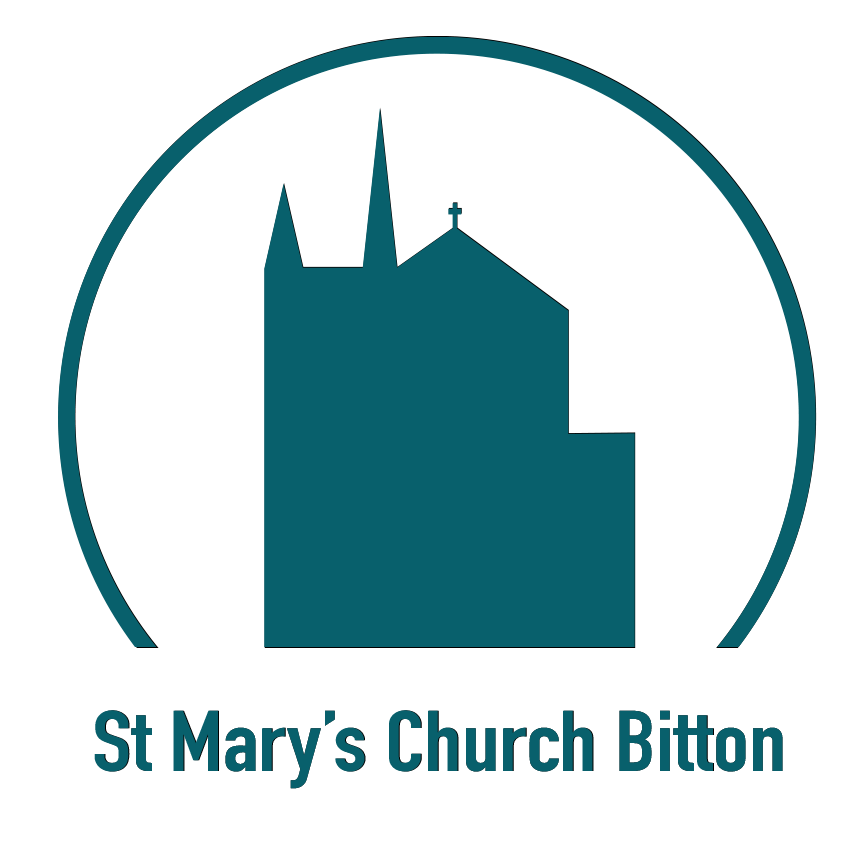Robert Lucas Pearsall died on 5 August 1856 at his home, the Schloss Wartensee, in Switzerland. His son (also Robert) wrote shortly afterwards to the Rev. H T Ellacombe at Bitton:
“It becomes my melancholy duty to inform you of his decease, which took place at – 6 o’ clock p.m. on the 5th of this month…
At half past five o’clock on the evening of his death he walked almost without support over the grounds, examined the grapes, the hothouse, and rested himself in all those parts of the garden which had been his favourite places: he then went up into his bedroom where he caused himself to be undressed and put to bed. After this he asked for a sandwich of which he ate a small morsel. Then he thanked my mother for her kind attendance on him during the last two years, saying: “I am very much obliged to you”, and laid himself down with his face against the wall, in which position he remained for some minutes, when suddenly he raised himself up in his bed, turned towards the door and gazed at it, with a smile on his face as tho’ he had seen something which gave him pleasure; but on my mother’s asking him what he saw, he uttered a kind of convulsive exclamation, fell backward, and literally died without one further struggle in the arms of myself, my sister and my mother; surrounded by all the servants of the household, his face without one feature drawn, retaining in death the same pleased and tranquil expression which it had worn at the last moment of his life.
On the eleventh of this month my father was in accordance with his own express desire buried in a vault which had been excavated out of the solid rock beneath the altar of our private chapel. The court of the castle was thronged with people and the interment was attended by the Bishop of St. Gall and the heads of his clergy one of whom pronounced from a pulpit, which had been temporarily erected in front of the chapel, a very able and fitting funeral oration in honour of the deceased. As I can not help thinking that from the friendship which must have existed between yourself and my lamented father, a small remembrance of him can hardly be otherwise than agreeable to you, I will take the earliest opportunity of forwarding to you a photographic portrait of him which depicts with great truth the quiet of mind in which he departed this life”




